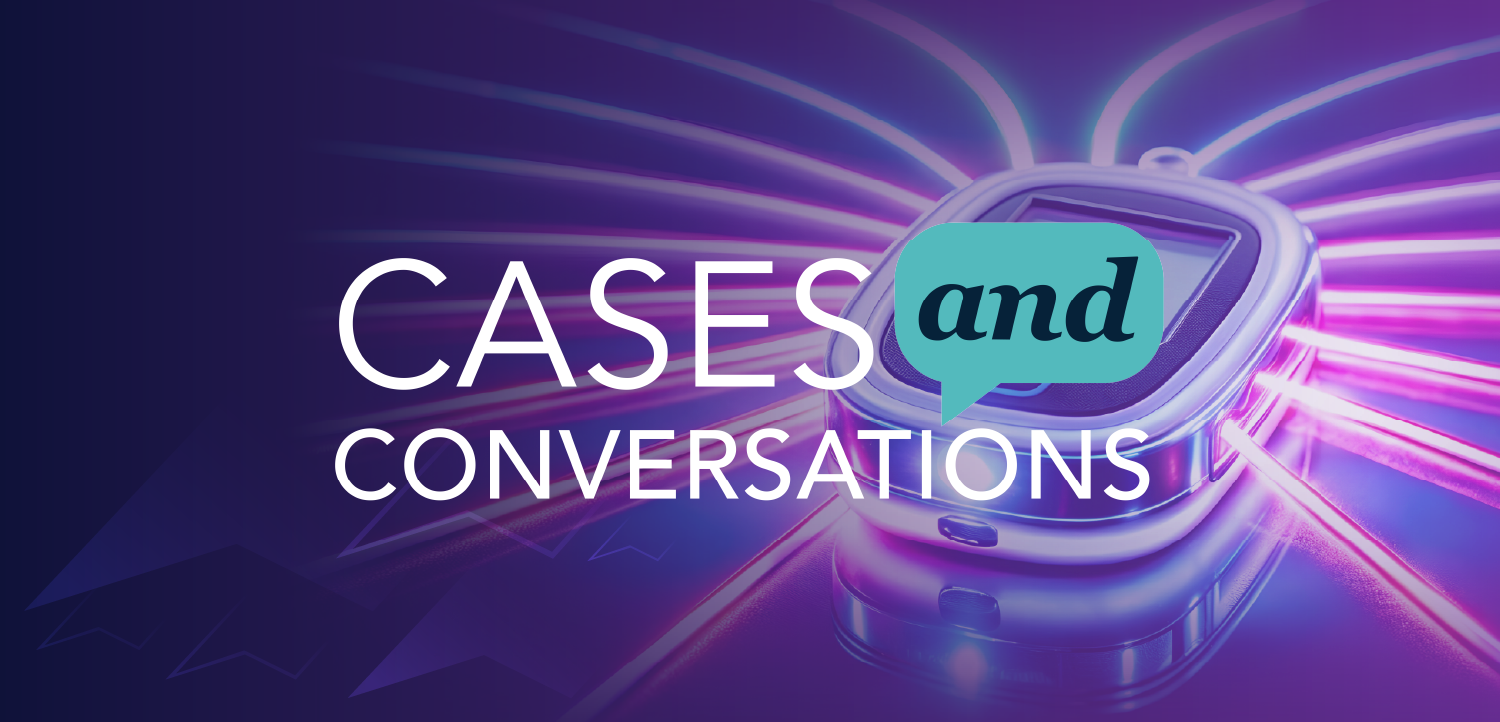Blog saves vision
The Internet saved the sight in my patient's only eye! Using my blog about retinal disease as a tool for patient education and communication via e-mail, we saved his vision.
The Internet saved the sight in my patient's only eye! Using my blog about retinal disease as a tool for patient education and communication via e-mail, we saved his vision.
NOTE: Retinal tears, or retinal holes, cause retinal detachments. The most common symptoms of a retinal tear include flashes and floaters.
My patient was referred to me with a retinal detachment of the right eye. He is almost blind in that eye. The vision may have been lost for up to two years - we have no idea. He, incorrectly, had attributed the loss of vision to an unrelated problem.
Basically, he had been given bad information.
I scheduled him for retinal detachment surgery. I also instructed him to read about
Over the weekend, he developed floaters in his other eye. He e-mailed me about his concerns of the new symptoms. He now knew the floaters in his remaining eye could mean a retinal tear. I e-mailed back recommending re-examination.
Indeed, he had a retinal tear in his remaining "good" eye. I treated the eye with laser photo-coagulation, thereby preventing a retinal detachment from occurring.
I saved his sight, or rather, my patient saved his own site.
So what does this mean? Using the Internet can work. Though an isolated case, the Internet has changed the way we can educate our patients and communicate with them. For instance, after my initial consultation, I recommended that my patient read my blog about retinal detachments. I wrote these articles and they mimic what I say in the office.
My patient did read the articles and received, this time, some pretty credible information about retinal detachments and warning signs.
The blog taught him what he didn't know about his first eye. The blog gave him good information and also realigned his thinking about retinal detachments.
Even better, the blog "untaught" him about the erroneous information he had received previously. I don't know how about you, but "unteaching" a patient is one of the hardest things to do.
E-mail is convenient and easy. No phone tag, no receptionists, and less embarrassment over "dumb" questions. I recommend to all my patients that e-mail is a viable, non-emergent, way to communicate with me. I think it saves a lot of time for everyone.
E-mail is also easier than a phone call. My patient could have been intimidated about a phone call, afraid to ask a "dumb" question. Instead, he was able to communicate with me in a timely manner, and, using a medium convenient for both of us.
Newsletter
Optimize your practice with the Physicians Practice newsletter, offering management pearls, leadership tips, and business strategies tailored for practice administrators and physicians of any specialty.




